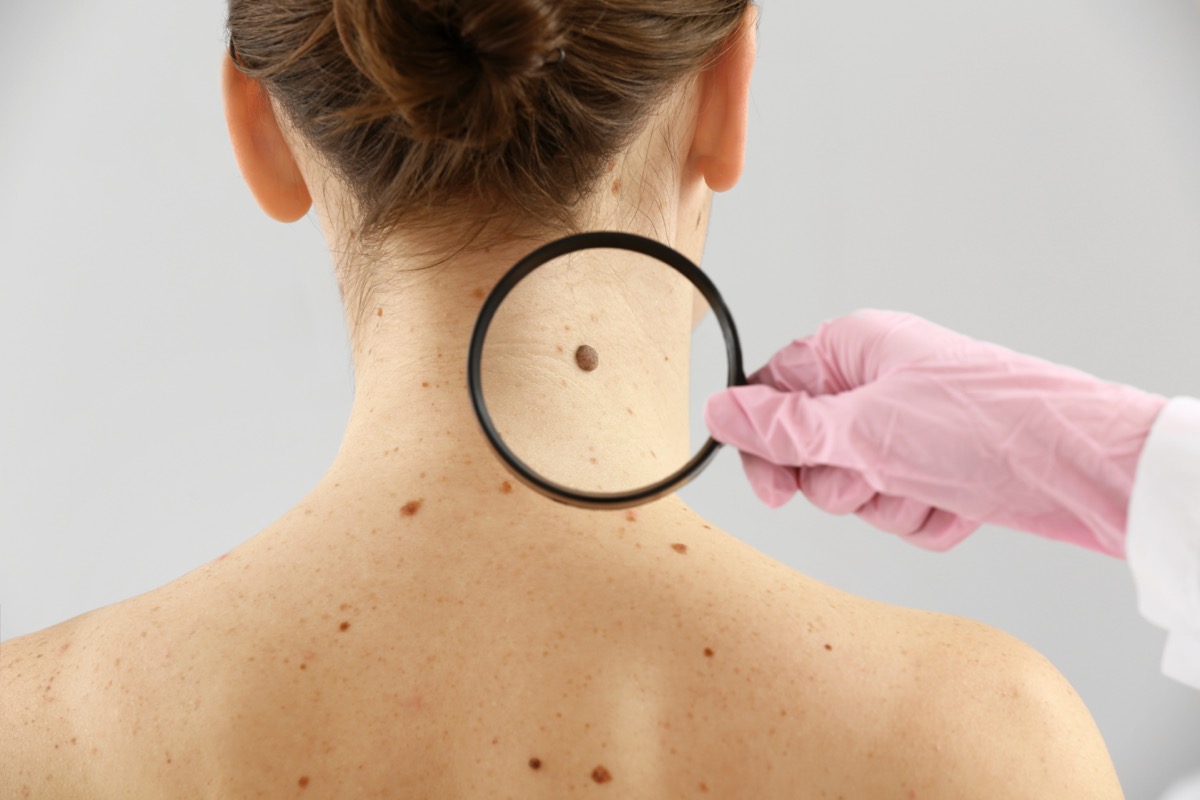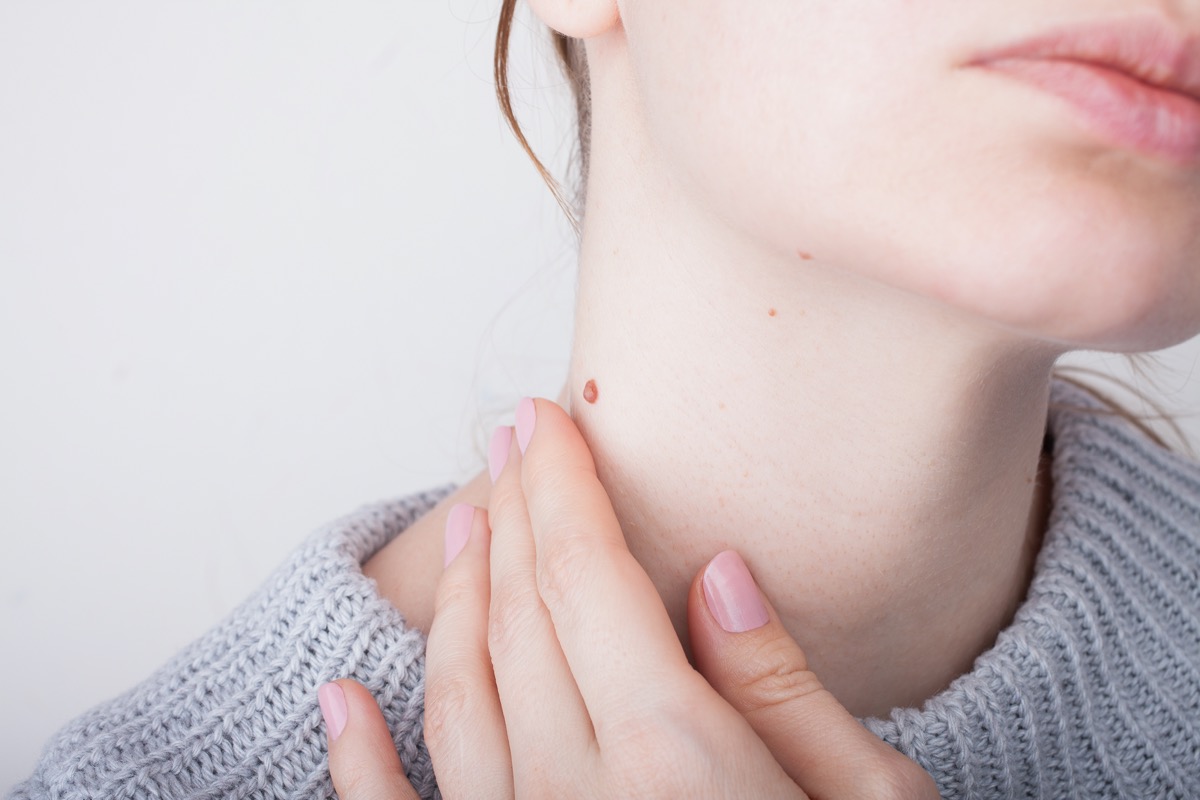Skin Changes
Moles and freckling can be caused by sun damage, age, or even some skin conditions. There are certain moles, though, that point towards malignant cancer cells. Those are the ones that are multicolored, have ragged edges, irregular shapes, are larger than a No.2 pencil eraser, and are bleeding or scaly. The larger the mole, the more worrisome it is.

However, some people have developed skin cancer without moles. You should look for small sores that do not heal, scaly patches of skin that bleed easily, and any painful sections of skin even in places that do not get sun. If you regularly get sun burned or have been to a tanning bed, you are particularly at risk of melanoma and other forms of skin cancer.

Removing moles is simple in most cases, but the procedure and treatment depends on the size and depth of the mole or cancer cells. Your dermatologist will evaluate the moles that are most suspicious and may order a biopsy. The skin cells will be examined beneath a microscope. If the result is positive, you may need surgery to remove the skin cancer completely.
More from Things Health
-
Thyroid Cancer
Each type requires a different kind of prognosis and treatment. This is the most typical type of thyroid cancer, it can make up about 80%…
-
Symptoms Of Ovarian Cancer
Ovarian cancer is often referred to as a quiet disease as it usually isn't discovered until it is in the advanced phases. In nearly all…
-
Symptoms Of Prostate Cancer
Cancer of the prostate affects more than 200,000 men each year in the US alone. Worldwide statistics for prostate cancer continue to grow tremendously, and…
-
Turmeric Curcumin and Lung Cancer
Turmeric's wellness advantages have been getting lots of attention in recent years. Research has investigated and continues to explore turmerics wide array of health enhancing…
-
What is Cancer and How Does It Work?
We all know what cancer is, but understanding how it works and why people get cancer at all can be confusing. Cancer starts when cells…






